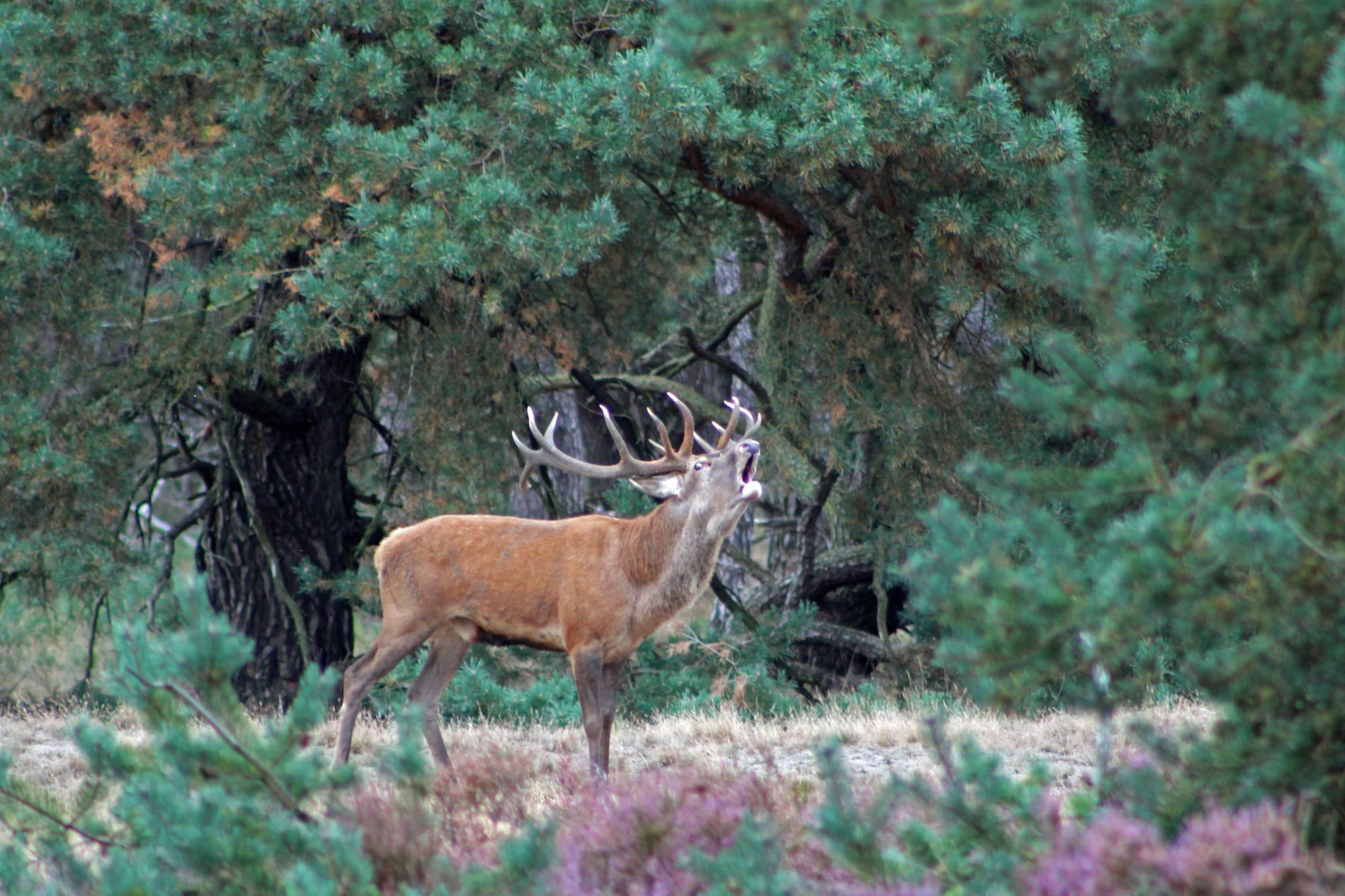Urban environments, often characterized by their steel structures and bustling streets, are not typically where one expects to find a thriving ecosystem. Yet, beneath the urban hustle and bustle lies a remarkable world of wildlife, adapting and flourishing in ways that many city dwellers might never notice. The secret lives of urban wildlife, a topic of increasing interest and study, reveal not only the resilience of nature but also its remarkable adaptability to the man-made world. This article delves into the discoveries of urban wildlife in our backyards, highlighting the surprising ways in which animals navigate city life and the importance of fostering biodiversity in urban areas.
Urban Wildlife: A Testament to Adaptability
Urbanization presents a unique set of challenges for wildlife, including limited green spaces, higher pollution levels, and the constant presence of humans. However, a variety of species have not only adapted to but thrived in these conditions, showcasing remarkable evolutionary adjustments. From the peregrine falcons nesting atop skyscrapers to the raccoons navigating the complex maze of city streets, urban environments are teeming with life.
Discoveries in the Concrete Jungle
Birds of the City Sky
Peregrine falcons, once on the brink of extinction, have found a new lease on life atop city buildings, which mimic their natural cliffside nesting sites. These birds of prey have adapted to hunting pigeons and other urban birds, contributing to a unique ecosystem balance within cities.
The Nighttime World of Urban Mammals
Raccoons, opossums, and even coyotes have become common urban dwellers. Raccoons, in particular, demonstrate incredible adaptability, with their dexterous paws allowing them to open trash cans and navigate human-made obstacles. Studies have shown that urban coyotes often maintain a diet similar to their rural counterparts, relying on rodents and fruit found within the city, highlighting their ability to adapt to a variety of environments.
Insects and the Urban Pollination Pathway
Bees and butterflies, vital pollinators in any ecosystem, have been found in abundance in urban gardens and parks. Green roofs and city gardens offer a refuge for these insects, providing critical pollination services for both wild plants and agricultural crops within the city. The presence of these pollinators is a positive sign of urban biodiversity and the potential for sustainable urban ecosystems.
The Importance of Urban Green Spaces
The discoveries of urban wildlife underscore the importance of preserving and expanding green spaces within cities. Parks, gardens, and even green roofs can serve as vital habitats for wildlife, offering food, shelter, and breeding grounds. These green spaces not only support biodiversity but also enhance the quality of life for city residents, providing natural beauty and recreational opportunities.
Human-Wildlife Coexistence: Challenges and Solutions
Living alongside wildlife in urban areas presents its own set of challenges, including potential conflicts between humans and animals. However, these challenges also offer opportunities for innovative solutions, such as designing buildings and urban spaces that accommodate both human and wildlife needs, implementing educational programs about living harmoniously with urban wildlife, and promoting citizen science initiatives to track and support local species.
The Future of Urban Wildlife Conservation
As urban areas continue to expand, the future of urban wildlife conservation will depend on our ability to integrate natural habitats into city planning. This includes creating wildlife corridors to connect fragmented green spaces, reducing pollution and light disturbances that can affect wildlife, and fostering community engagement in wildlife conservation efforts.
Conclusion
The secret lives of urban wildlife reveal a world of nature that persists and adapts in the heart of our cities. These discoveries challenge our perceptions of urban environments, showing that they can be vibrant ecosystems where wildlife thrives. By understanding and supporting the coexistence of urban wildlife, we can ensure that our cities remain not just hubs of human activity but also sanctuaries of biodiversity, redefining the relationship between urban development and the natural world.
